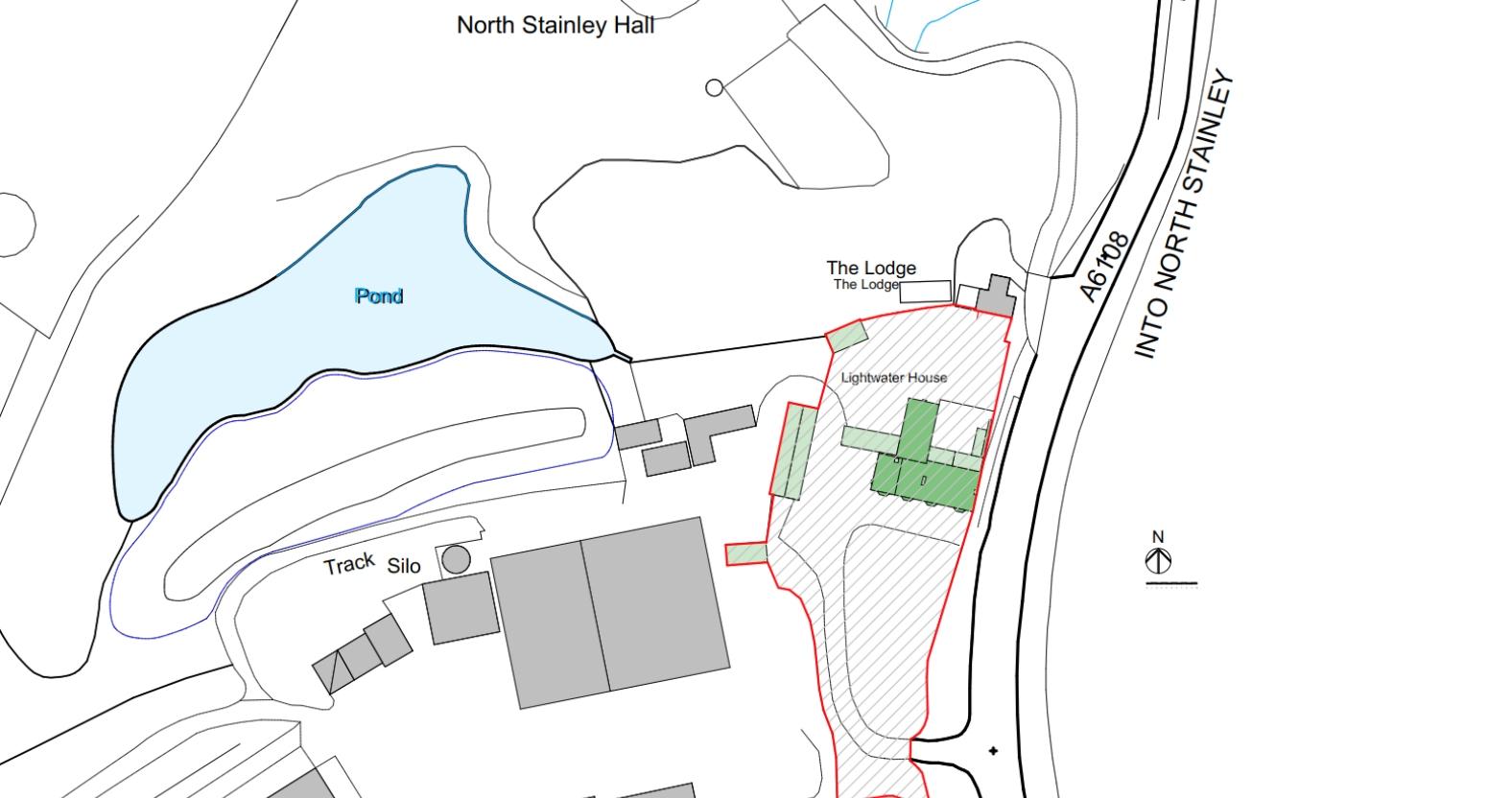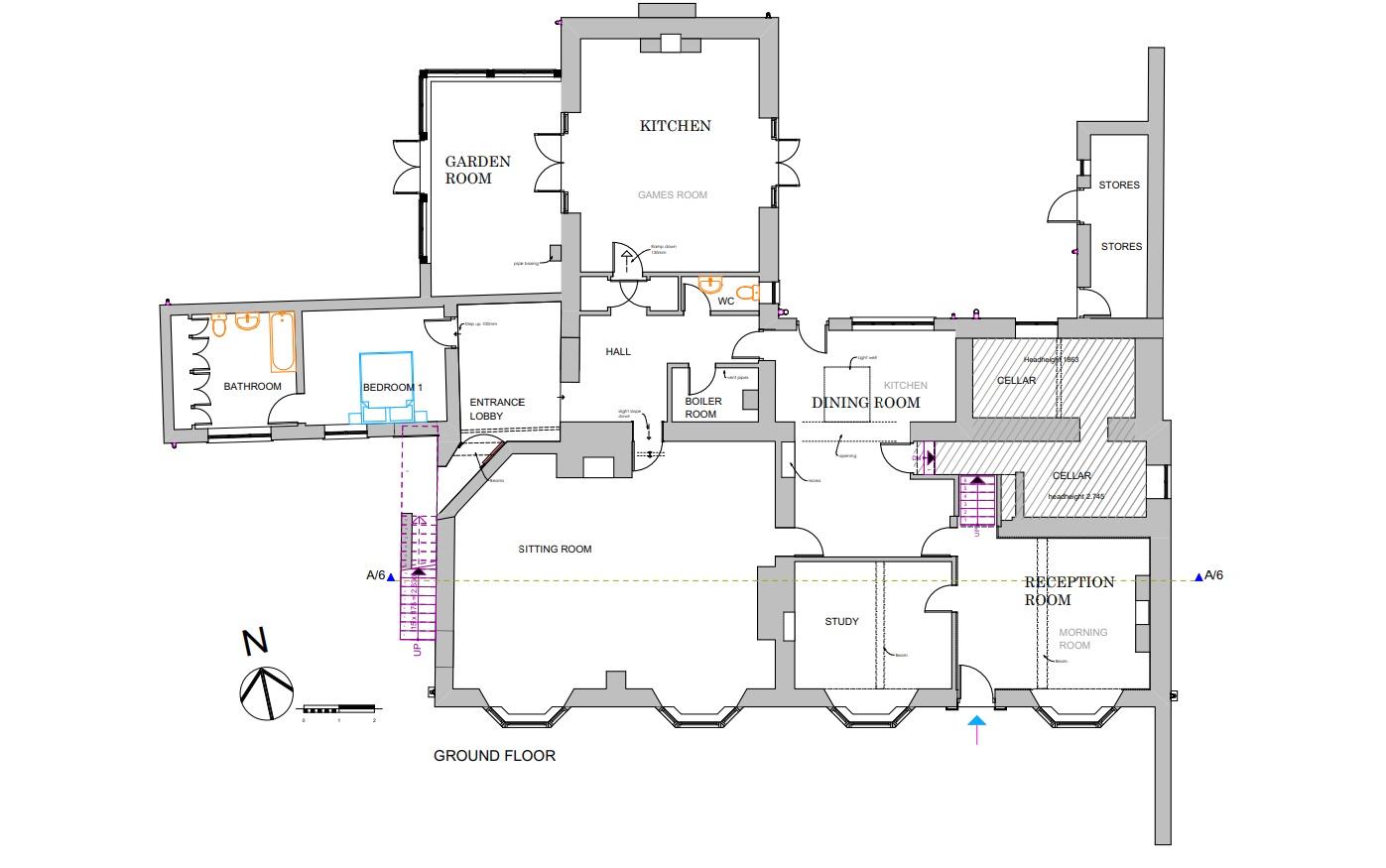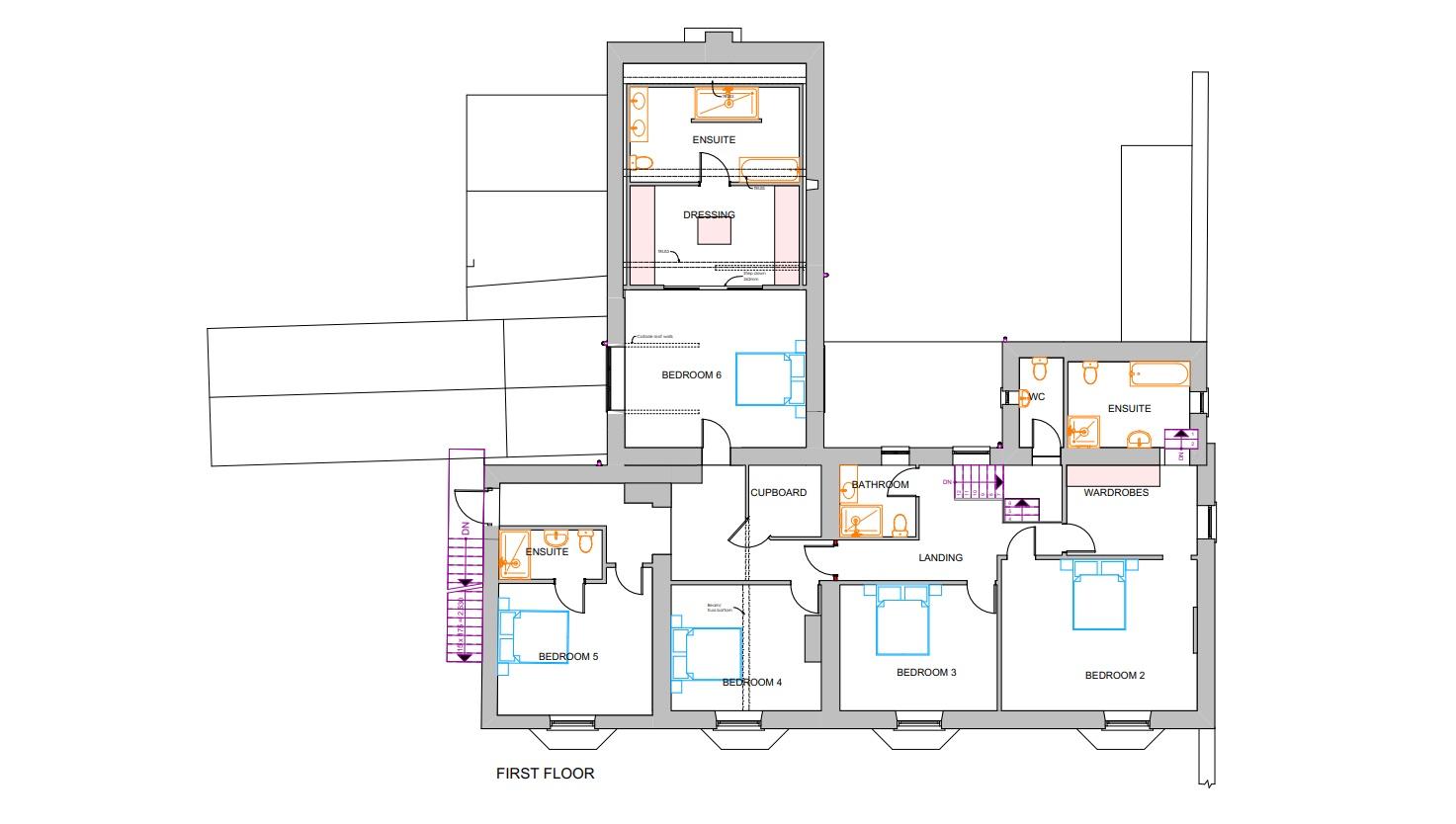Subscribe to trusted local news
In a time of both misinformation and too much information, quality journalism is more crucial than ever. By subscribing, you can help us get the story right.
- Subscription costs less than £1 a week with an annual plan.
Already a subscriber? Log in here.
21
Oct
Council issues verdict on plans for small hotel in North Stainley

Plans to convert a six-bedroom house into a small hotel in North Stainley have today (October 21) been given the go-ahead.
James Staveley, who owns Lightwater Holdings Ltd and the surrounding North Stainley estate, submitted the change of use application to North Yorkshire Council last month.
It sought approval to convert Lightwater House, which sits on the edge of the village near the grade-two listed Stainley Hall, into a six-bedroom hotel.
No external changes to the building are proposed, but the hotel will also feature a sitting room, study, a dining room, a reception room, a garden room and a kitchen area on the ground floor.
According to a council report, the plans would result in the “provision of a modest-sized hotel” which would “support seasonal visits” to Lightwater Valley Family Adventure Park, as well as boost tourism and the local economy in Ripon and surrounding areas.
It adds:
Whilst it is recognised that Lightwater Valley is a visitor attraction which benefits the local economy, it is also likely that hotel visitors would travel further afield towards the main settlement of Ripon for a wider range of services. Nevertheless, at present it is considered that the hotel would benefit the local economy and protect local services across the wider Ripon area giving consideration towards the seasonal use associated with the amusement park.

Proposed ground floor layout.

Proposed first floor layout.
There is an existing bed-and-breakfast in the village, but the council says the new hotel would result in a “modest contribution to the existing range of quality and visitor accommodation” in the area.
The existing seven car parking spaces at the property will be retained and will not increase, and the number of bicycle spaces will also remain at four.
The council’s report adds the hotel operation would be an “intensification of use and activity in terms of comings and goings”, but this would not result in an unacceptable impact on The Lodge – a residential property located just 20 metres from the would-be hotel site – due to its “modest size” and no additional bedrooms proposed.
It concludes:
In reusing an existing building on the site, the setting of the neighbouring grade II* listed building can be preserved and overall sustainable rural tourism is promoted.
The application was approved subject to conditions.
0